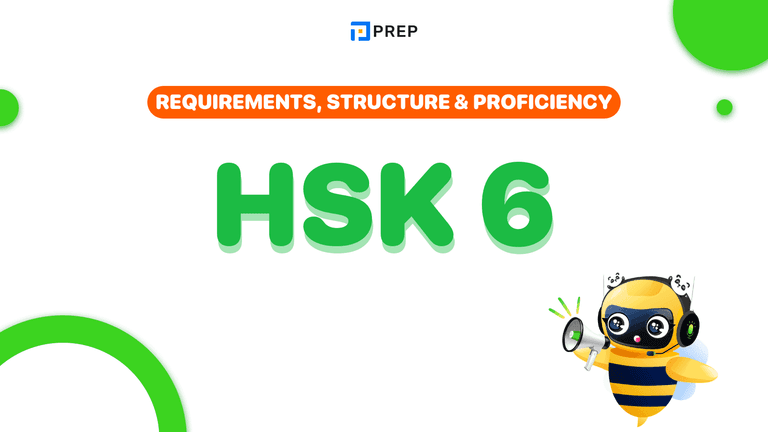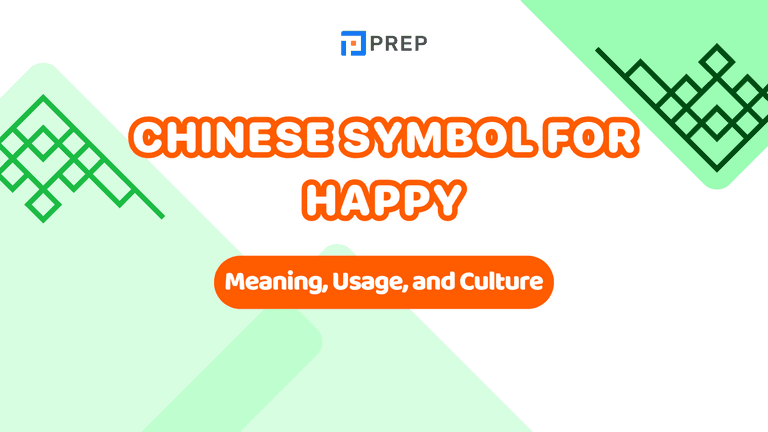At the Moment in English: Grammar, Synonyms, and Tips
“At the moment” is a common English phrase used to describe actions happening right now, often with the Present Continuous tense. This guide explains its meaning, grammar patterns, and synonyms, shows how it appears in IELTS/TOEFL, and provides practical exercises with answers.

I. What is At the moment in English?
The phrase “at the moment” is a common time expression in English. It is used to refer to actions or situations that are happening right now or around the present time. In most cases, it functions as an adverbial phrase and is strongly associated with the present continuous tense.
Meaning and typical usage
- “At the moment” means “right now”, “currently”, or “at this point in time.” It emphasizes that something is in progress or true during the current period, though not necessarily permanently.
- Example: I’m working on a new project at the moment.
(This indicates a temporary activity happening now.)
Grammar connection: Present continuous
- Because “at the moment” describes something happening temporarily, it is most often used with the present continuous (be + verb-ing).
- Example: She’s living with her parents at the moment.
Other contextual meanings
- In some contexts, especially spoken English, “at the moment” can also be used similarly to “for now”, suggesting a temporary decision or condition.
- Example: We don’t need any help at the moment.
(This may change in the near future.)
Understanding this phrase helps learners express time accurately and naturally—especially useful in speaking sections of exams like IELTS and TOEIC.
Apart from time expressions like at the moment, learners also struggle with emphasis words such as even in English, which carry different nuances in exams.

1. Common Grammar Patterns with “At the Moment”
The time phrase “at the moment” is closely associated with the present continuous tense, which is commonly used to describe temporary or ongoing actions.
Sentence structure with “at the moment”
“At the moment” can appear at the beginning, middle, or end of a sentence. Its position may change slightly depending on style or emphasis, but its function as a time marker remains the same.
Examples:
- At the moment, I’m working on a new project.
- I’m working on a new project at the moment.
- I’m, at the moment, considering a career change. (less common, more formal)
In most conversational and written forms, it is more natural to place "at the moment" at the end or beginning of the sentence.
Common tense usage: Present continuous
"At the moment" is most commonly used with the present continuous tense to describe actions in progress.
Examples:
- Jennie is studying for her final exams at the moment.
- We’re currently not accepting new clients at the moment. (Note: “currently” and “at the moment” can be redundant when used together.)
While it is generally paired with present continuous, learners might also encounter it with the present simple in fixed expressions, or occasionally with future or past tenses to create a sense of immediacy or contrast—though these are less typical.
Comparison with other tenses (less common)
You may rarely see “at the moment” used with other tenses. However, this usage usually appears for stylistic emphasis or dramatic effect.
Examples:
- She looked calm at the moment, but deep down, she felt nervous. (Past narrative)
- I’ll call you back—I’m in a meeting at the moment. (Immediate present in a future-related action)
Tip for remembering placement
As a rule of thumb, use “at the moment”:
- At the end of the sentence for neutral tone → I’m not available at the moment.
- At the beginning to shift focus or vary sentence structure → At the moment, nothing unusual is happening.

2. Synonyms for At the moment in English
While “at the moment” is a widely used time phrase to indicate now or currently, English offers a variety of synonyms and near-equivalents that vary in tone, formality, and context.
|
Expression |
Usage Context |
Example |
Notes |
|
Right now |
Conversational, informal |
I’m a bit busy right now—can I message you later? |
Emphasizes immediacy; very common in spoken English. |
|
Currently |
Neutral to formal (written English) |
We are currently recruiting new staff. |
Often used in business, essays, reports as a formal version. |
|
At present |
Formal, academic |
At present, the project is still under review. |
Ideal for formal writing (e.g., IELTS Writing Task 2). |
|
For the moment |
Temporary, cautious tone |
We don’t need extra help for the moment. |
Suggests a temporary situation that may change. |
|
At this time / At the current time |
Formal, legal/official use |
We are not accepting applications at this time. |
Used in administrative or bureaucratic language. |
|
Just now |
Very recent past |
I saw him just now. |
Refers to something that happened a moment ago. |
|
In a moment |
Near future |
I’ll be with you in a moment. |
Indicates something will happen very soon. |
|
In the moment |
Expressive, emotional |
She was truly in the moment during her performance. |
Describes mental/emotional focus or immersion in the present experience. |
These phrases are often confused with “at the moment” due to their overlap in form, but their usage is distinct in tense and context.

II. How “At the Moment” Appears in English Exams
The phrase “at the moment” commonly appears in English proficiency exams, especially in contexts that test your ability to describe present situations, use the correct tenses, and communicate naturally and fluently. It is particularly useful in IELTS Speaking and Writing, as well as TOEIC Listening and Reading.
In IELTS Speaking
“At the moment” is often used when candidates are asked about their current routine, activities, or lifestyle. Using it appropriately shows that you can use natural spoken English expressions, which contributes positively to your Fluency and Coherence as well as Lexical Resource scores.
Example – IELTS Speaking Part 1
Question: What are you doing these days?
Answer: At the moment, I’m taking an intensive English course to prepare for the IELTS exam.
Tip: Use it to talk about temporary situations or current transitions in life, which are common topics in Part 1 and 2 of the IELTS Speaking test.
In IELTS Writing
- In Writing Task 1, especially when describing present conditions in graphs or trends, “at the moment” can replace “currently” for variety or stylistic tone—if used appropriately.
Example – Task 1 (Line graph description):
At the moment, the unemployment rate stands at 6.8%, showing a slight increase compared to the previous year. - In Task 2, “at the moment” can be used to emphasize temporary social or economic trends, although it’s important to balance formal tone by using suitable academic alternatives like “currently” or “at present”.
In TOEIC Listening & Reading
- In TOEIC Listening Part 3 or 4, “at the moment” may appear in voicemail recordings, business conversations, or announcements.
Example – Business announcement:
We're unable to process international orders at the moment due to technical issues. - In Reading, you may find it used in emails or memos to indicate availability, delays, or ongoing tasks.
Demonstrating Lexical Range (Vocabulary Scoring)
Using a variety of time expressions—such as “at the moment,” “right now,” “currently,” or “for the time being”—is a positive signal in exams like IELTS or TOEFL. It shows the examiner that you can:
- Avoid repetition
- Convey nuance in timeline or context
- Use spoken vs. written tone appropriately
Sample Band 7+ Usage in Writing or Speaking
- At the moment, many young people prefer working remotely rather than in traditional office settings.
- I’m not working full-time at the moment, because I’m focusing on improving my English skills for the TOEIC.
Using such sentences fluently, in the right tense, and with accurate context improves both lexical resource and grammatical range in the exam rubric.
III. Exercises on using At the moment in English
Practicing a new phrase through targeted exercises is one of the most effective ways to reinforce its meaning, structure, and usage. Below are several types of activities designed to help you understand how “at the moment” functions in real-life contexts.
Exercise 1: Choose the correct form of the verb
Complete the following sentences by putting the verb in the bracket into the correct tense (usually present continuous).
- I __________ (study) English at the moment.
- She __________ (not work) full-time at the moment.
- We __________ (look) for a new apartment at the moment.
- They __________ (build) a house near my neighborhood at the moment.
- What __________ you __________ (do) at the moment?
Exercise 2: Rewrite the sentence using “at the moment”
Rephrase the sentences to include “at the moment” naturally and correctly.
- I’m currently living with my parents.
- He is working on a big project right now.
- They are learning how to cook these days.
- The store isn’t open right now.
- I’m focusing on fitness these days.
Exercise 3: Fill in the blank with the correct time expression
Choose from: at the moment, in the moment, for the moment, in a moment.
- She can’t come to the phone ________—she's in a meeting.
- Let’s enjoy the view ________ before we leave.
- I'll be with you ________, just finishing this email.
- When he performs, he's fully ________, feeling every word in the song.
Answers
[prep_collapse_expand open_text="View more" close_text="Show less"]
|
Exercise 1 |
Exercise 2 |
Exercise 3 |
|
|
|
[/prep_collapse_expand]
IV. Master IELTS Like a Pro
No matter where you start, we’ll guide you to success. With step-by-step lessons and targeted strategies, our courses are perfect for learners at any level.
-
IELTS learning online: Sign Up and Take Your First Step Towards IELTS Mastery!

Hi I'm Chloe, and I am currently serving as an Product Content Administrator at Prep Education. With over five years of experience in independent online IELTS study and exam preparation, I am confident in my ability to support learners in achieving their highest possible scores.
Comment
Premium content
View allPersonalized roadmap
Most read












